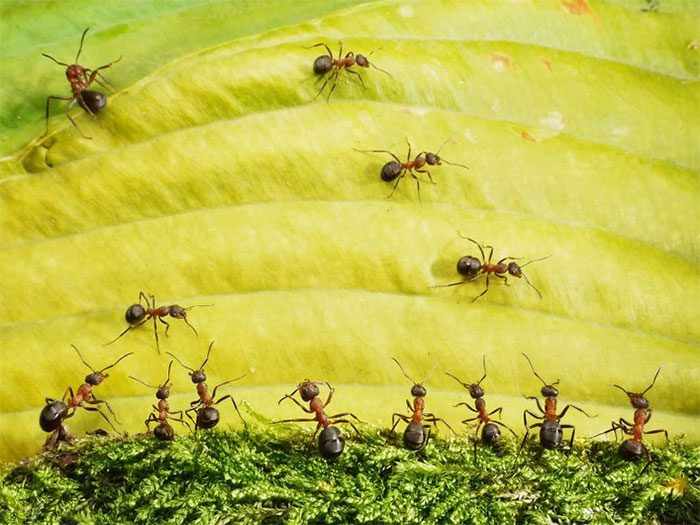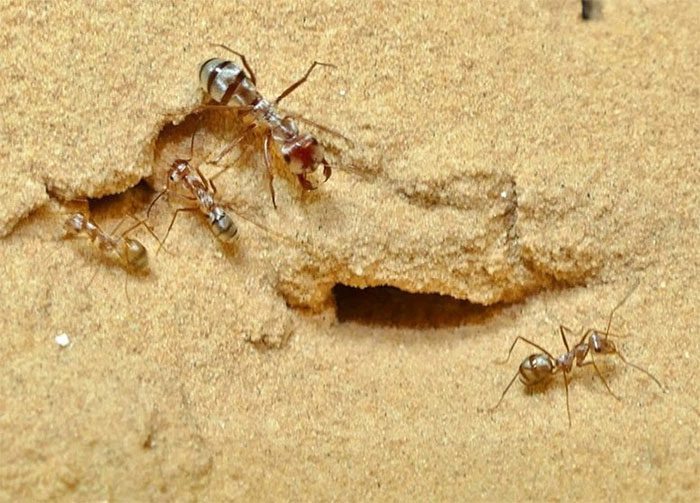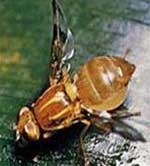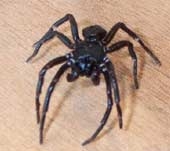To grasp the “terrifying” nature of this number, you can imagine a domestic cat reaching a running speed of up to 193 km/h when scaled accordingly.
The cheetah is the fastest land animal, but the number of strides it takes each second is limited. In contrast, a tiny species of ant can move at an astonishing speed relative to its body length, achieving 47 steps per second, which is about 10 times faster than Usain Bolt, the current Olympic and world record holder in the 100-meter sprint.

This tiny ant species can move at an astonishing speed.
That species is the Sahara silver ant, known as the “king of speed” in the ant world. Harald Wolf from the University of Ulm, Germany, noted that he observed individuals reaching speeds of up to 1 m/s, which is approximately 108 times their body length, while moving across salt flats in Tunisia.
To understand the “terrifying” nature of this speed, you can visualize a domestic cat running at 193 km/h when scaled appropriately.
To achieve this, the silver ant takes 47 steps per second by swinging its legs, which are 4-6 mm long, at a speed of up to 1300 mm/s, according to a study published in the Journal of Experimental Biology.

The silver ant takes 47 steps per second.
Remarkably, these ants almost “fly” in the air during this motion, as their running lifts all six legs and their body off the ground. This incredible speed demonstrates the Sahara silver ant’s evolutionary adaptation to the desert environment, where temperatures can reach up to 60 degrees Celsius.
Unlike other desert creatures, these ants leave their shelters during the scorching midday heat, as this is a crucial time for foraging. Their meals often consist of the remains of unfortunate creatures that could not withstand the brutal heat of the Sahara Desert.
Even more astonishing is that this species of ant can coordinate their movements precisely and fluidly, allowing a group to easily transport prey or essential supplies back to the nest at speeds comparable to their sprinting pace.





















































